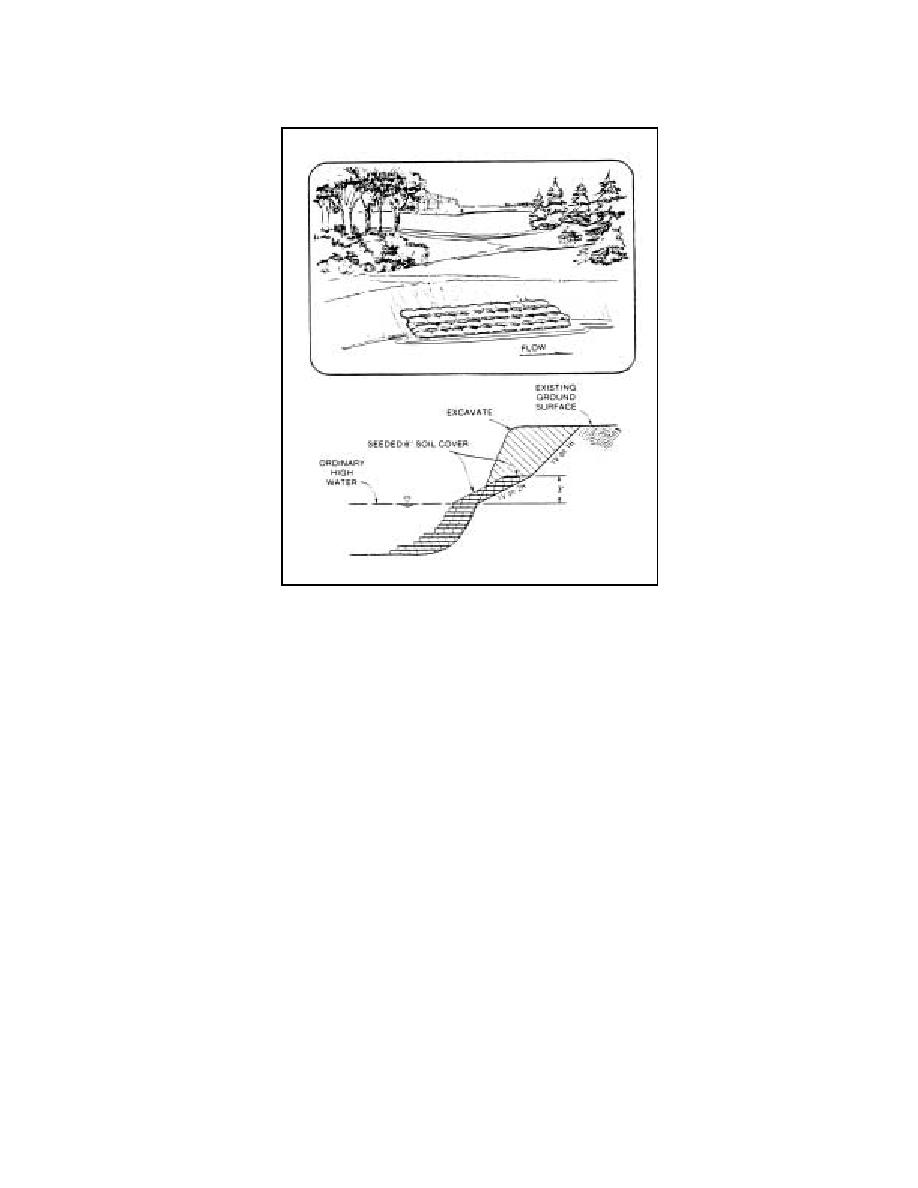
Figure 6.21. Typical sand-cement bag revetment (after Keown 1983).
6.6.6 Articulated Concrete Block Systems (ACBs)
Precast cellular blocks can be manufactured using locally available sand, cement, and
aggregate or can be obtained from commercial sources. Cellular blocks are cast with
openings to provide for drainage and to allow vegetation to grow through the blocks thus
permitting the root structure to strengthen the bank. Fabric or a gravel blanket can be used as
a filter under the blocks if there is any danger that the bank soil will be eroded through the
block openings by streamflow or seepage. Although specialized equipment can be used to
install large sections of blocks, hand placement is frequently used when mechanized apparatus
is not available, access to the bank is limited, or costs need to be minimized. After the blocks
have been placed, the revetment has sufficient flexibility to conform to minor changes in bank
shape. Solid blocks should not be used because the bank may not be able to drain freely and
failure could occur.
Small precast concrete blocks held together by steel rods or cables can be used to form a
flexible mat as shown in Figure 6.22. Design guidelines for ACBs are provided in HEC-23
(Lagasse et al. 2001) and HEC-11 (Brown and Clyde 1989).
The sizes of blocks may vary to suit the contour of the bank. It is particularly difficult to make a
continuous mattress of uniform sized blocks to fit sharp curves. The open spacing between
blocks permits removal of bank material unless a filter blanket of gravel or geosynthetic
material is placed underneath. For embankments that are subjected only to occasional flood
flows, the spaces between blocks may be filled with earth and vegetation can be established.
6.40




 Previous Page
Previous Page
